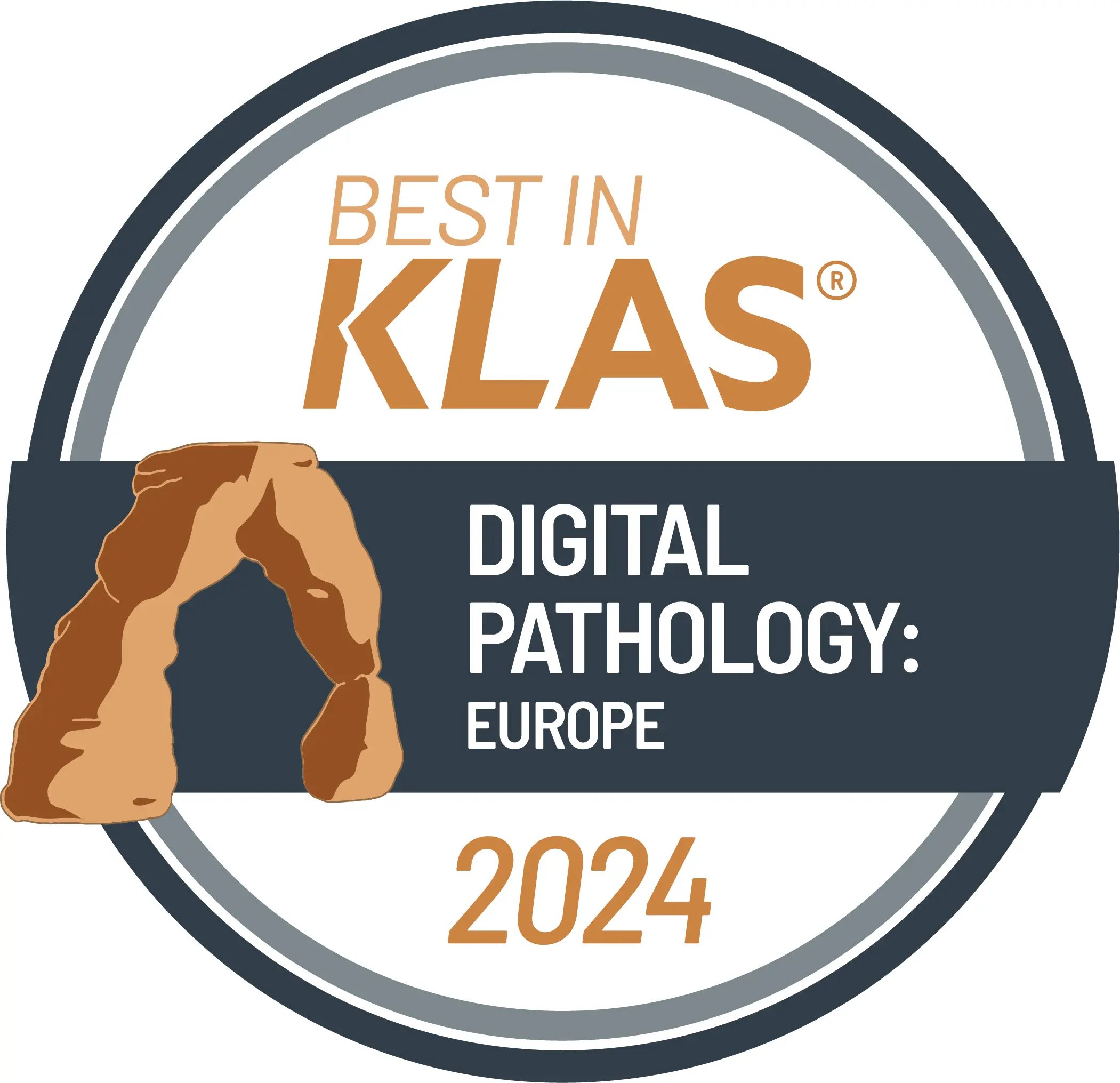In healthcare, progress often hinges on invisible decisions made behind closed lab doors. Pathologists—those responsible for behind diagnostic accuracy—are increasingly overwhelmed. More samples, greater diagnostic complexity, and fewer specialists to handle them. The math doesn’t work. But what if it could?
Digital pathology offers a simple but transformative proposition: scan slides, manage data efficiently, and layer on AI to supercharge performance. But let’s not kid ourselves—this is no minor IT upgrade. It requires commitment, change management, and yes, a serious financial investment. The question that matters to every CIO and Lab Manager reading this is straightforward: does it pay off?
A new pan-European study titled “Implementing Digital Pathology: Qualitative and Financial Insights from Eight Leading European Laboratories” answers with a clear “yes.” Let’s unpack why—and what it means for your institution’s bottom line.
The Starting Point: A Problem Too Big to Ignore
Pathology is the bedrock of modern cancer care. Nearly every treatment decision, from breast-conserving surgery to immunotherapy selection, starts with a diagnosis rooted in histology. And yet, pathology departments today are under siege—aging workforces, rising caseloads, and a growing demand for subspecialty expertise.
CIOs are asked to do more with less. Lab managers are balancing glass slide logistics with the growing drumbeat of digital transformation. Meanwhile, administrators want faster turnaround times and more predictable quality.
We need a system that scales, supports remote collaboration, and opens the door to automation. That’s digital pathology.

The Real Cost—and the Real Payoff
Let’s talk numbers. The European study examined seven digital pathology implementations across five countries. These were not minor pilots—they were full-scale deployments in major academic institutions, involving tens of thousands of cases annually. The researchers used a 7-year Net Present Value (NPV) model to assess ROI.
The Investment
Over seven years, the average lab spent:
- €2.22 million on hardware (primarily high-capacity scanners)
- €1.42 million on software (IMS, viewer, LIS integration)
- €1.12 million on IT and storage infrastructure
- €0.32 million on new personnel (mainly scanning technicians)
Total Investment: €5.09 million (discounted)
The Benefits
In return, these labs gained:
- €4.33 million from increased case volumes
- €0.56 million from secondary consultations
- €0.37 million from improved workforce efficiency
- €0.03 million in equipment cost savings
Total Benefits: €5.29 million
7-Year NPV: €0.21 million
At first glance, this looks like a tight margin. But it’s important to consider what these numbers represent:
- Break-even in Year 3
- A cost-per-case drop from €47 to just €6.9
- Scalable infrastructure with future-proof capabilities for AI and remote work
As any tech investor will tell you—positive cash flow by Year 3 and long-term gains are a solid signal of sustainability.
Beyond the ROI analysis which focuses exclusively on the digitization of slide review and image management, we need to look also at the possibility that going digital offers in terms of lab reorganization.
Because you don’t need to send back the slides, you can build central tissue hubs and better automate and amortize your wet lab activity. We have seen by customers huge savings as they leverage the digital pathology to reorganize their tissue prep activity. These benefits represent additional upside beyond the scope of this study.
The Hidden Goldmine: Efficiency Gains
While budgets are critical, efficiency is where digital pathology quietly shines. Consider the following operational improvements reported by the labs:
- Time Saved: Faster access to slides, easier comparisons across cases, and reduced time spent on physical handling and filing.
- Remote Flexibility: Pathologists gained remote work capabilities, increasing job satisfaction and work-life balance—an underrated but powerful recruitment tool.
- Collaboration Boost: Multidisciplinary team meetings became smoother, and second opinions were obtained faster—especially across hospital networks.
Pathologists adapted within 3 months. Most ended up preferring digital workflows. Technicians, initially concerned about scanning workloads, reported 10–60% efficiency gains thanks to better labeling, tracking, and task redistribution.
This isn't just digitization. It's optimization.

Barriers Are real - But Surmountable
Let’s not sugarcoat the challenges—but let’s also not pretend they’re insurmountable. Here’s how each can be addressed with smart planning and the right tools.
A. Initial Costs
Upfront investments in scanners, software, and IT infrastructure are significant. For smaller hospitals or labs, this can feel like a deal-breaker—especially without external funding or a regional strategy.
How it’s surmountable:
The landscape is evolving. End-to-end SaaS models now offer pay-per-case pricing, removing the need for heavy initial capital investment. This makes it possible to start small and scale over time, turning a fixed cost into an operational one. Regional procurement models and grant-based funding also help reduce the individual financial burden.
B. Integration Complexity
Connecting scanners, IMS, LIS, and storage systems is rarely plug-and-play. Many vendors lack standard APIs or interoperability, leading to costly custom integrations.
How it’s surmountable:
The adoption of DICOM for digital pathology—now embraced by major vendors—has significantly improved cross-system compatibility. When paired with experienced integration partners, implementation can now be repeatable, scalable, and more predictable. Choosing a vendor with proven LIS and PACS integration experience and interoperability standards is key.
C. Storage Demands
Whole-slide images (WSIs) are massive. Some labs generate terabytes of data monthly, creating long-term cost and governance challenges.
How it’s surmountable:
Modern IMS platforms now offer slide lifecycle management, allowing labs to automate archival, cold storage transitions, and deletion policies. This reduces storage costs dramatically while maintaining compliance. Labs can also define tiered retention rules—keeping only critical or annotated slides long-term.
Bottom Line:
None of these challenges are deal-breakers. They’re real—but solvable with thoughtful planning, proper budgeting, and the right technology partners. And the long-term return—in productivity, diagnostic speed, collaboration, and data-driven insights—more than justifies the lift.
The Strategic Play: Why Large Labs Win Big
The Strategic Play: Why Large Labs Win Big
One of the clearest messages from the study: scale matters.
Larger institutions achieve lower per-case costs and break even faster. They’re also better positioned to:
- Reorganize their processes and benefits from economy of scale
- Negotiate vendor bundles (scanners, software, training)
- Leverage public and EU funding schemes (e.g., KHZG, Innovate UK, NGEU)
- Centralize storage and create internal or regional DP networks
In one example, a network of hospitals in Spain (DigiPatICS) centralized slide digitization, integrated LIS platforms, and pooled data for AI training. This allowed smaller sites to piggyback off the infrastructure of a larger academic center, unlocking both quality and efficiency.
If you’re a CIO in a regional hospital or health system, take note: collaboration isn't just nice—it’s financially savvy.
The Next Frontier: Computational Pathology (AI)
Digital pathology is the foundation for artificial intelligence. Once slides are digitized and data is structured, machine learning tools can be integrated seamlessly.
This is already happening in real-world labs, albeit in small steps. Common use cases include:
- Ki67 proliferation scoring
- Tumor grading (e.g., breast, prostate)
- Mitosis counting and hotspot detection
Most labs in the study used built-in algorithms bundled with their IMS. Standalone AI apps were rare—often because of high costs, unclear reimbursement, or validation hurdles. But this will change.
CIOs and Lab Managers who lay the groundwork now will be first in line when reimbursement catches up and AI tools become mainstream.
Workforce Relief, Not Reduction
A common misconception: digital pathology is about replacing humans. It’s not. The study makes this clear.
Yes, digital pathology enables labs to handle more cases without hiring more staff. But the point isn’t headcount reduction—it’s reallocation. Technicians are freed from repetitive slide handling and refocused on more advanced tasks. Pathologists gain more time for reporting, MDT prep, and second reads. Work delegation can be implemented between pathologists and technicians, for grossing or molecular biology as digital images can ensure traceability and trust within teams.
In a world where every lab is struggling to hire, this is a welcome shift.
Tips for a Successful Transition
Based on the findings and our own field experience at Tribun Health, here are some practical recommendations for CIOs and Lab Managers:
- Avoid Hybrid Workflows
Transitioning by specialty is fine, but avoid running digital and microscope-based workflows in parallel for too long—it increases complexity and reduces buy-in. - Get the Technicians on Board Early
Their role evolves significantly. Involve them in scanner selection, workflow redesign, and training. - Plan Storage from Day One
Don’t wait until terabytes pile up. Set a storage policy—on-prem, cloud, retention period, archive access—and budget for growth. - Integrate with LIS Properly
A permanent contextual launch between IMS and LIS saves hours. Invest in bi-directional interoperability. - Budget for the Long Run
Include not just scanners, but licenses, storage, training, maintenance, and upgrades in your TCO (Total Cost of Ownership). - Build the AI On-Ramp
Even if you’re not ready for Computational tools today, choose an IMS that supports their integration when you are.
What it Means for You
Whether you're running a national reference lab, a university hospital, or a network of community labs, digital pathology is no longer optional. It’s essential.
It pays for itself in under 7 years. It relieves pressure on your workforce. It improves diagnostic quality and opens doors to innovation. It helps your institution become a magnet for talent and research partnerships.
At Tribun Health, we’ve seen it firsthand. From France to the UK to Canada, our customers are proving that digital pathology is not just a better workflow—it’s a better business decision.
If you're still running glass-based workflows, you're not just behind on tech—you're behind on value.
Final Thought: Progress Requires Patience - and a Plan
The journey to digital pathology isn't a sprint. But as the study shows, with the right foundation, commitment, and strategic approach, the destination is well worth it.
Invest in digital pathology not because it’s trendy, but because it’s inevitable—and, as it turns out, profitable.
Let’s move from microscopes to digital—together.
Source: Matias-Guiu, X. et al. (2025). Implementing Digital Pathology: Qualitative and Financial Insights from Eight Leading European Laboratories. Virchows Archiv.






.png?width=256&height=256&name=customer-service(1).png)



.png?width=64&height=64&name=calendrier(1).png)
.png?width=64&height=64&name=communique-de-presse(1).png)
.png?width=64&height=64&name=livre(1).png)
.png?width=64&height=64&name=blog(2).png)








